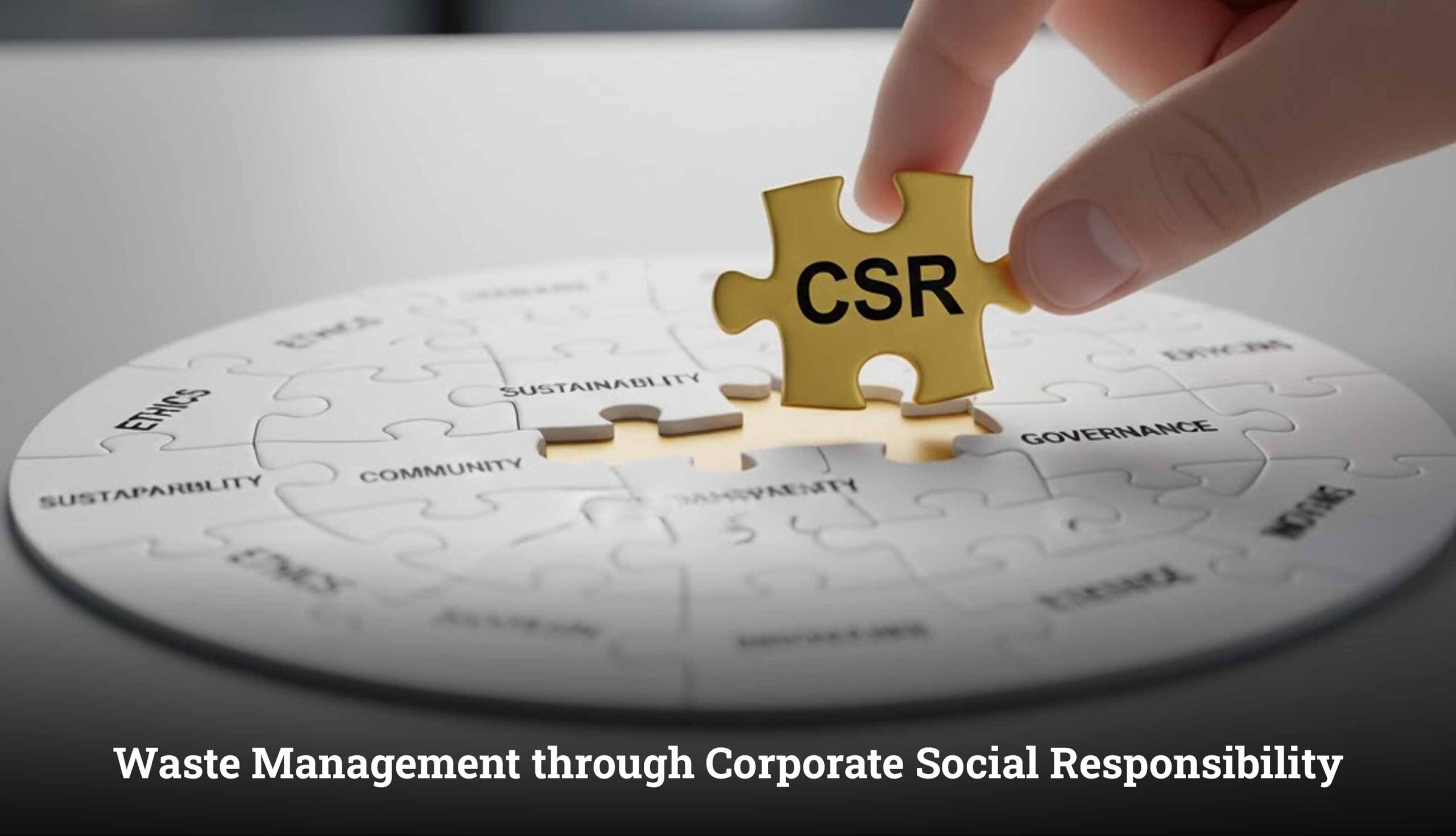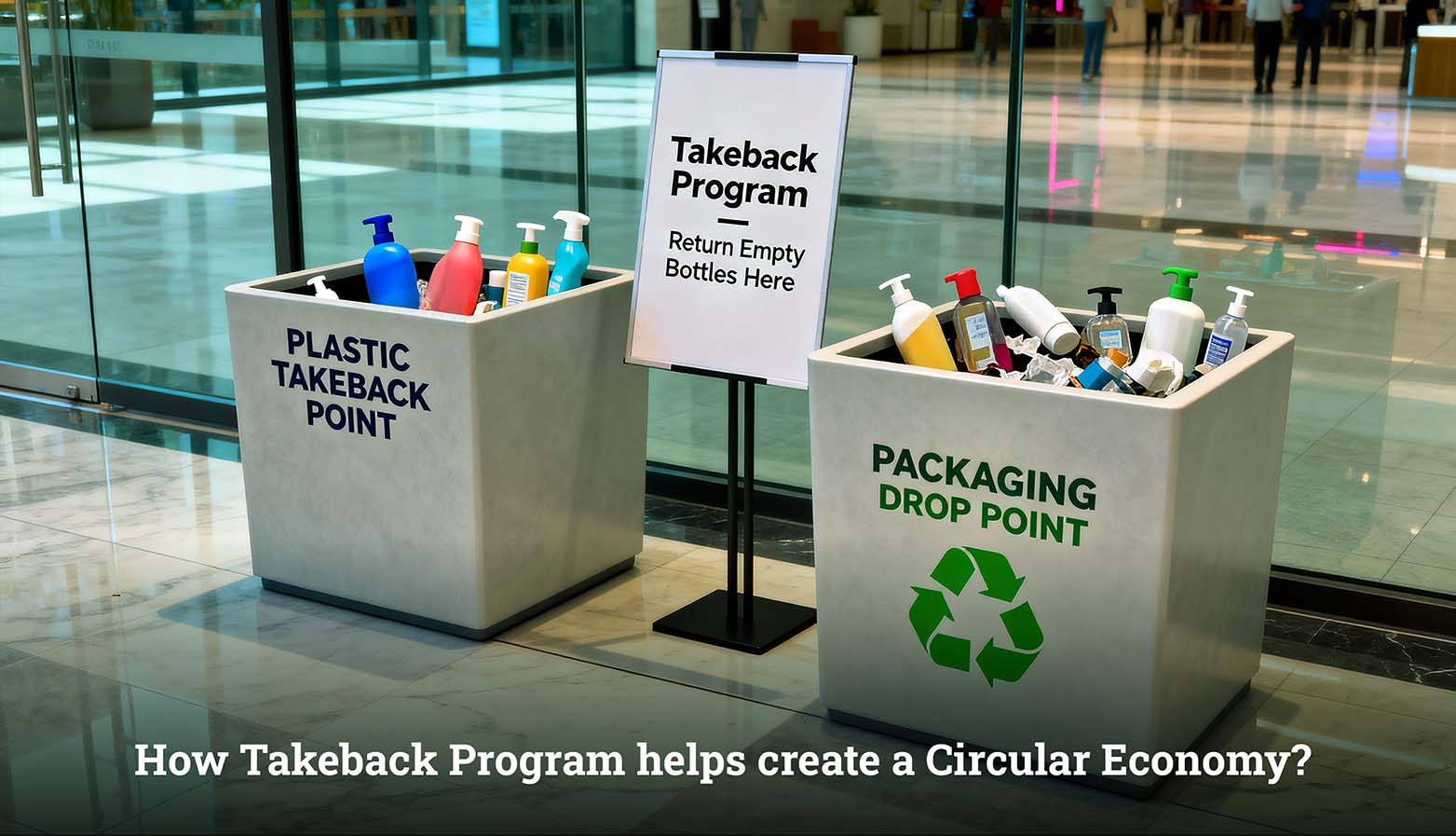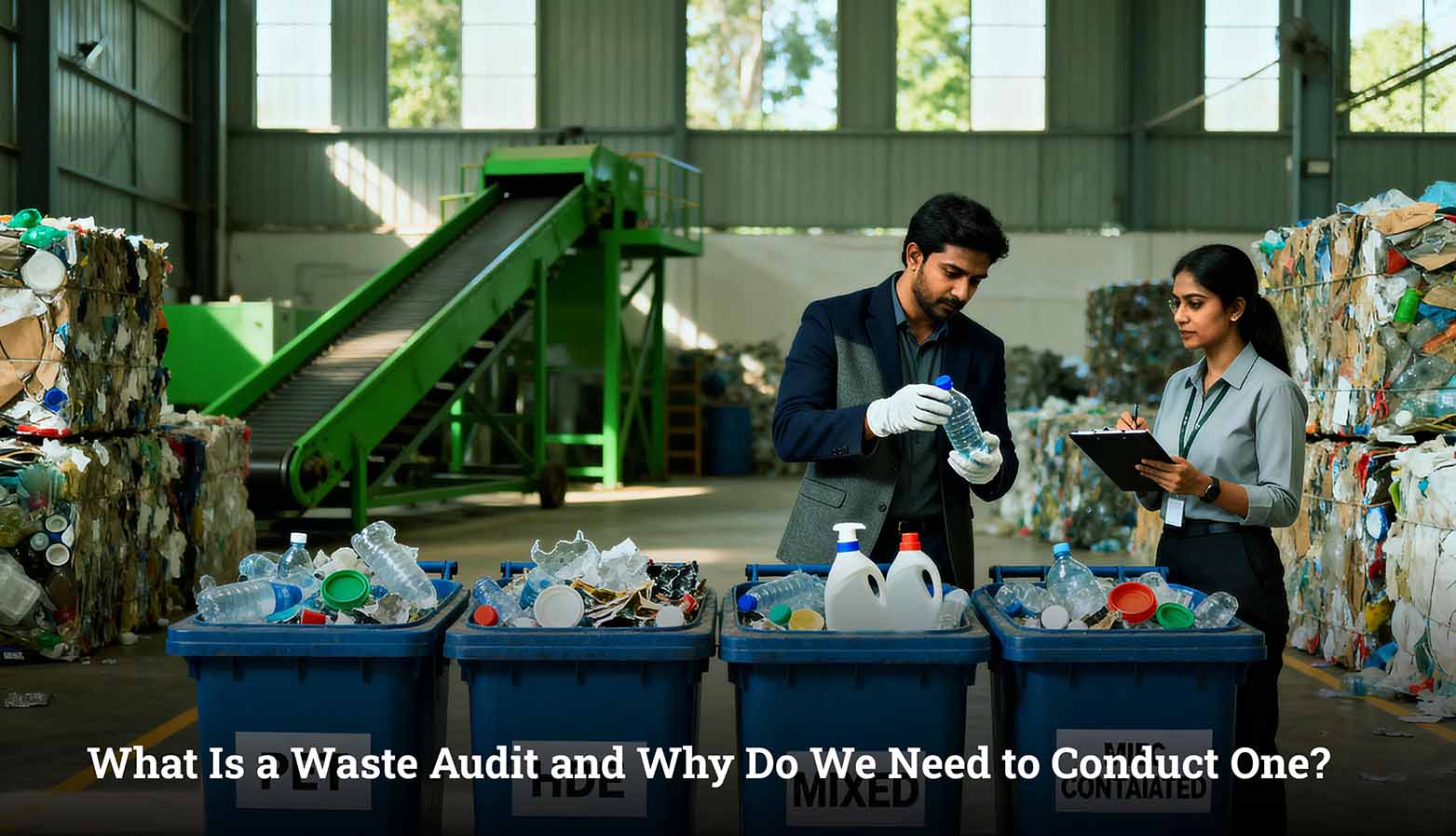One of the most concerning environmental issues at present is the sheer volume of plastic waste that is produced. Businesses in the plastic recycling industry like Banyan Nation are Leading the charge in creating a circular economy through the utilization of processes such as plastic extrusion for plastic recycling processing.
Plastic extrusion is a technique that is commonly used in most manufacturing industries and also serves as a basic function in the recycling industry’s manufacturing process. Plastic extrusion is a process that consists of several stages, ranging from melting raw material, shaping and cooling to producing products that range from bottles,pipes to sheets etc.
At Banyan Nation, the plastic extrusion technology is utilized to convert raw plastic material that can be recycled into plastic granules in order to produce top-quality recyclable material.
What are the different types of plastic extrusion ?
The plastic extrusion process in the recycling industry uses a plastic extruder to push melted material to form various plastic products to cater to different manufacturing processes and needs. Understanding the use of a plastic extruder, plastic extrusion and the right applications for each process is critical.
The different types of plastic extrusion processes with the use of a plastic extruder include:
Blown Film Extrusion
The process is widely used with recycled plastic for packaging material applications like plastic films and sheets. Based on the manufacturing requirement process for various application. In the recycled industry melted plastic pellets are processed through a plastic extruder to create products.
Sheet Extrusion
The process utilizes a plastic extruder to create flat sheets of varying thickness.
Pipe Extrusion
Best suited for the production of tubes and pipes, the use of the plastic extruder helps in attaining accurate diameters of the pipes.
Profile Extrusion
A method where the plastic extruder is employed to shape intricate profiles like frames or molding. The profile extrusion method is used for applications of window frames , floor materials and cables.
Each type of plastic extrusion leverages the uniqueness of the plastic extruder to meet specific industrial demands.
The Plastic Extrusion Process
The plastic extrusion process is a pivotal component in the recycling industry, enabling the transformation of plastics like high-density polyethylene (HDPE) waste into valuable plastic extrusion products. This journey from the generation of plastic waste to new materials embodies the commitment to sustainability and innovation in recycling and the circular economy. Here’s an overview of the process:
Step 1: Collection
The journey begins by gathering HDPE plastic items such as shampoo bottles, detergent bottles, plastic containers etc from industrial, commercial, residential, and municipal sources. This ensures a diverse and consistent supply of raw materials for recycling.
Step 2: Sorting
Once collected, the collected plastic waste is carefully separated by trained supply chain workers to ensure proper segregation of discarded post-consumer and post-industrial plastic components. The efficiency of sorting plays a crucial role in producing high-quality plastic extrusion recycled products.
Step 3: Cleaning
The sorted HDPE undergoes thorough cleaning to remove labels, contaminants, and dirt. This step ensures the material is ready for efficient processing and contributes to the superior quality of the final plastic extrusion products. Banyan Nation’s hot wash technology is used to eliminate surface contaminants, a system to stabilize and normalize color across production batches.
Step 4: Shredding
Clean HDPE is shredded into tiny pieces through a mechanical process. These flakes serve as the foundation for the subsequent melting and extrusion stages.
Step 5: Melting and Pelletizing
The shredded HDPE flakes and cleaning flakes are melted in a plastic extruder, a machine that fuses and reshapes the material. The molten plastic is shaped into highly efficient recycled plastic pellets or granules, which are the core raw material for creating a range of new plastic extrusion products such as bottles, pipes, sheets, and films.
Step 6: Quality Assurance
At Banyan Nation, to ensure the recycled pellets or granules meet stringent quality standards, they are subjected to rigorous testing at our ISO certified laboratory. This step guarantees consistency and reliability in the manufacturing process.
Step 7: Remanufacturing
The recycled pellets or granules that are produced by the help of the plastic extruder can be used to manufacture new products based on the type of plastic. These recycled plastic extrusion products play a vital role for brands and manufacturers in reduce environmental impact, support a circular economy and achieve their overall sustainability goals.
Advantages of Plastic Extrusion
1. Efficient Waste Transformation
The extrusion process is highly efficient in converting plastic waste into valuable materials, such as pellets, sheets, or profiles. It ensures that discarded plastics are repurposed into new products, reducing the volume of waste.
2. High Versatility
Recycling plastic extrusion is adaptable to different types of plastics and applications. Whether it’s creating plastic extrusion products like pipes, films, or filaments, this process meets the varied demands of industries with ease.
3. Energy Savings
Compared to producing virgin plastics, the recycling extrusion process consumes significantly less energy. This not only reduces operational costs but also helps lower the carbon footprint of manufacturing.
4. Superior Quality Control
Recycling extrusion includes filtration and quality assurance steps that remove contaminants and ensure the end products meet high-quality standards. This is vital for producing reliable and durable materials.
5. Cost-Effective Solutions
By processing plastic waste into reusable forms, extrusion provides industries with a cost-effective alternative to virgin materials. Recycled plastic extrusion products are not only sustainable but also economically advantageous.
6. Promotes Circular Economy
The process converts waste into raw materials for new products, fostering a circular economy where plastics are continuously reused rather than discarded. This contributes to resource conservation and long-term sustainability.
7. Drives Innovation
The challenges of recycling and extrusion inspire innovation in material processing and technology. Advances in the recycling extrusion process are making it more efficient, environmentally friendly, and capable of handling complex plastic waste.
Recycling plastic extrusion drives innovations for brands and consumers by transforming waste into valuable plastic extrusion products. This process provides a practical, scalable, and sustainable solution for managing plastic waste. It’s an integral step toward a greener and more responsible future.
Applications for Plastic Extrusion
The plastic extrusion process plays a vital role in the recycling industry, enabling the transformation of waste into high-value materials. Its versatility and efficiency make it suitable for a wide range of applications, creating plastic extrusion products that cater to various industrial and commercial needs. Here are some notable applications:
1. Manufacturing Pipes and Profiles
Extruded pipes and profiles are widely used in construction, agriculture, and industrial sectors. Recycled plastics, processed through extrusion, provide durable and cost-effective solutions for irrigation systems, window frames, conduits, and other structural components.
2. Creating Sheets and Films
Plastic extrusion is essential for producing sheets and films from recycled materials. These are used in packaging, trays, covers, and thermoformed products. By repurposing waste plastics, extrusion supports sustainability in industries relying on flat plastic products.
3. Manufacturing Pellets for Injection Molding
Recycled plastic pellets, produced through extrusion, are a key raw material for injection molding processes. These pellets are used to create various molded items such as automotive components, containers, and household goods, promoting circularity in manufacturing.
4. Agricultural and Industrial Films
Blown film extrusion helps in repurposing recycled plastics into durable films for agricultural covers, construction barriers, and packaging solutions. This extends the lifecycle of lightweight plastics in functional applications.
Conclusion
The plastic extrusion process is a cornerstone of the recycling industry, offering immense value in transforming waste into high-quality, reusable materials. By enabling the creation of versatile plastic extrusion products, this process supports sustainability, conserves resources, and reduces the environmental impact of discarded plastics.
At Banyan Nation, these possibilities inspire us to push boundaries, redefine recycling, and extrude value from every piece of plastic. As we advance toward a circular economy, the plastic extrusion process remains an essential resource in reshaping plastic waste management and driving a circular economy.
FAQ's
What is plastic extrusion used for?
Plastic extrusion is used to manufacture linear plastic forms such as window frames, tubing, wire insulation, packaging films, pipes, etc. The usage of plastic extrusion is seen in industries like construction, electronics or the automotive industry to create various structural components. This process allows high volume production of recycled plastic products which can also be cost effective.
What types of plastic are commonly used in extrusion?
Commonly used plastics in the plastic extrusion process include Polyvinyl Chloride (PVC), Polyethylene(PE), Polypropylene (PP) and Acrylonitrile Butadiene Styrene (ABS).
Can recycled plastic be used in extrusion?
Extrusion is a process that is commonly used for recycled plastic processing. The use of recycled plastics can help manufacturers reduce waste and encourage sustainability, which produces high-quality products.
How does temperature affect the extrusion process?
Temperature control is extremely vital in the plastic extrusion process. Temperatures must be controlled within a range of 160°C to 300°C, but this would also depend on the type of plastic that is being processed. The typical temperature ranges vary for Polyethylene (PE), Polypropylene (PP), Polystyrene (PS), Polyvinyl Chloride (PVC) etc.
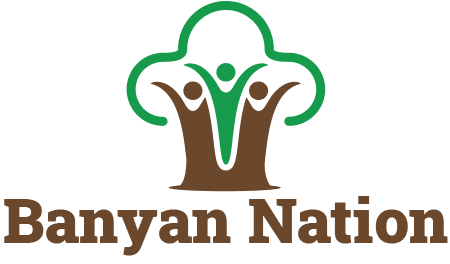
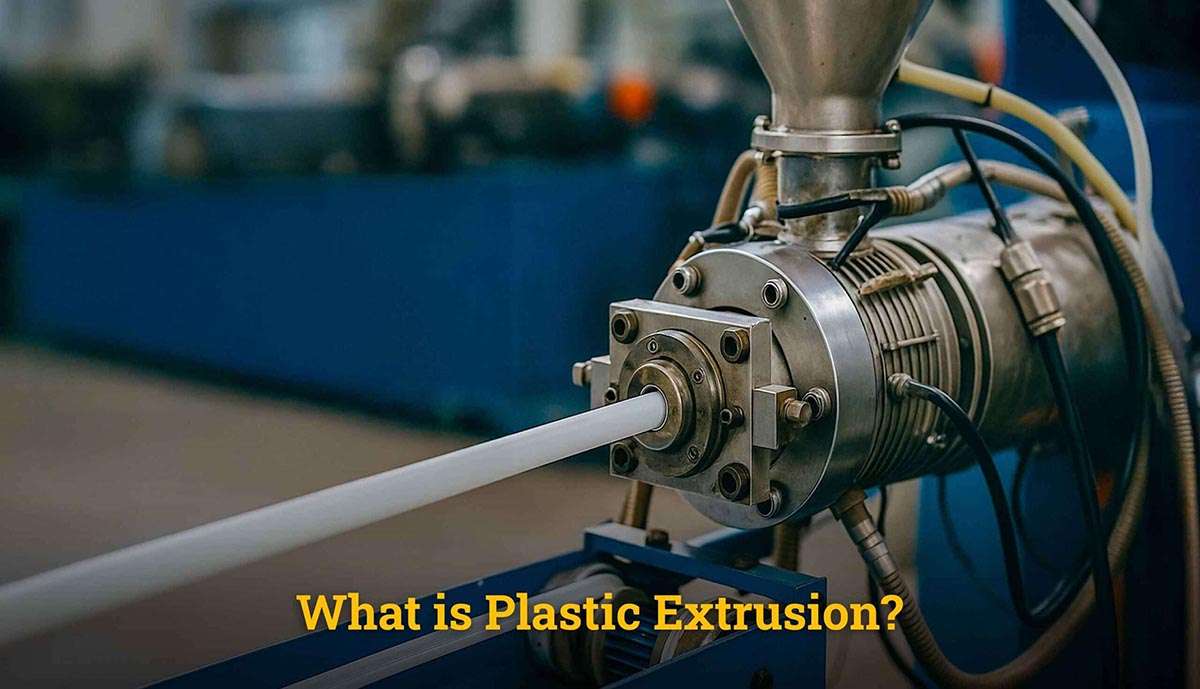
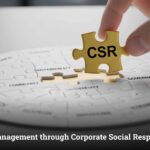 The Role of CSR (Corporate Social Responsibility) in Waste Management
The Role of CSR (Corporate Social Responsibility) in Waste Management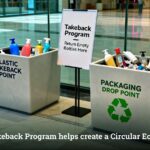 What is Takeback Program & Their Role in Building a Circular Economy
What is Takeback Program & Their Role in Building a Circular Economy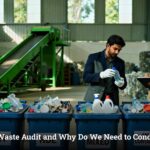 What Is a Waste Audit and Why Should Recycling Companies Conduct One?
What Is a Waste Audit and Why Should Recycling Companies Conduct One?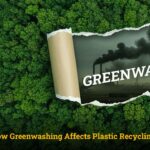 How Greenwashing Affects Plastic Recycling?
How Greenwashing Affects Plastic Recycling?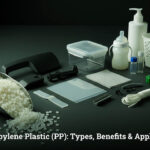 What is Polypropylene Plastic?
What is Polypropylene Plastic?